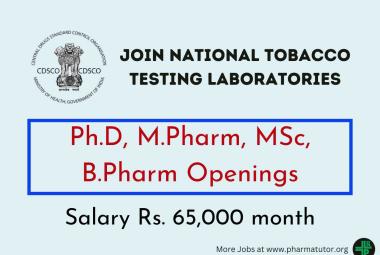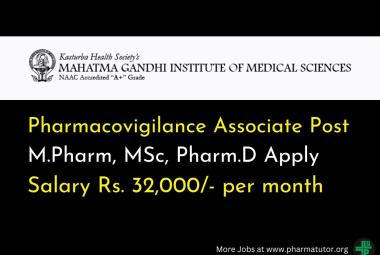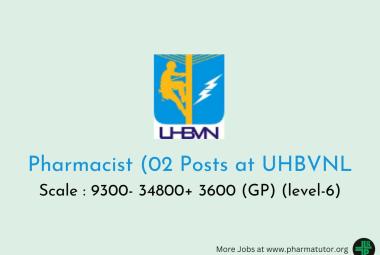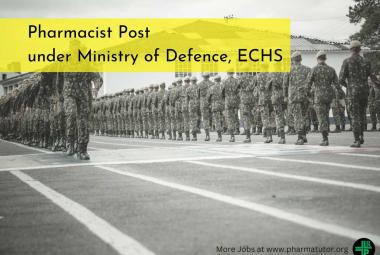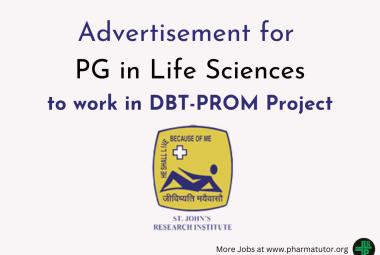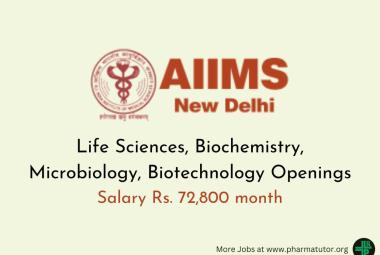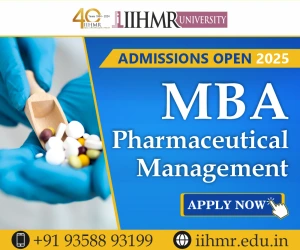ANALYTICAL TECHNIQUES FOR ANALYSIS OF INORGANIC ELEMENTS – A REVIEW
{ DOWNLOAD AS PDF }
ABOUT AUHTOR
G.Swapna
Department of pharmaceutical Analysis & Quality Assurance,
Nirmala college of pharmacy, Guntur,
AP, India
swapna.goday.gs@gmail.com
ABSTRACT
To make drugs serve their purpose various chemical and instrumental methods were developed and regular intervals which are involved in the estimation of drugs. A photoelectric flame photometer is a device used in inorganic chemical analysis to determine the concentration of certain metal ions, among them sodium, potassium, lithium, and calcium. Group 1 and Group 2 metals are quite sensitive to Flame Photometry due to their low excitation energies [1].These pharmaceuticals would serve their intent only if they are free from impurities and are administered at appropriate amounts [2] . These pharmaceuticals develop impurities at various stages of their development, transportation and storage which makes the pharmaceuticals risky to be administered thus they may be detected and quantified. For this analytical instrumentation and methods play important role. This review highlights a variety of analytical techniques for analysis of inorganic elements. Analytical techniques for analysis of inorganic elements. The most commonly used techniques for the determination of inorganic elements is atomic spectroscopy the different branches of atomic absorption spectroscopy are(1) flame photometry or flame atomic emission spectrometry. (2) atomic absorption spectrophotometer, (aas). (3) inductively coupled plasma-atomic emission spectrometry (icp-aes).(4) uv - visible spectrophotometer.


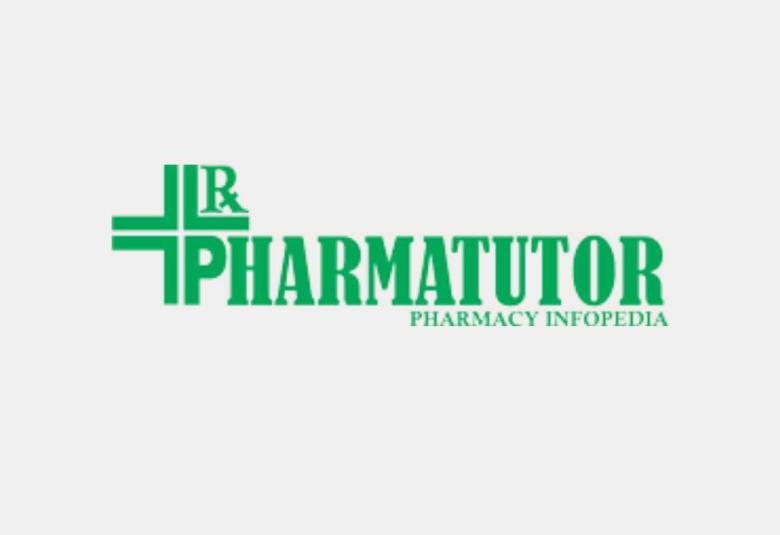
 ABOUT AUHTORS
ABOUT AUHTORS ABOUT AUHTORS
ABOUT AUHTORS
